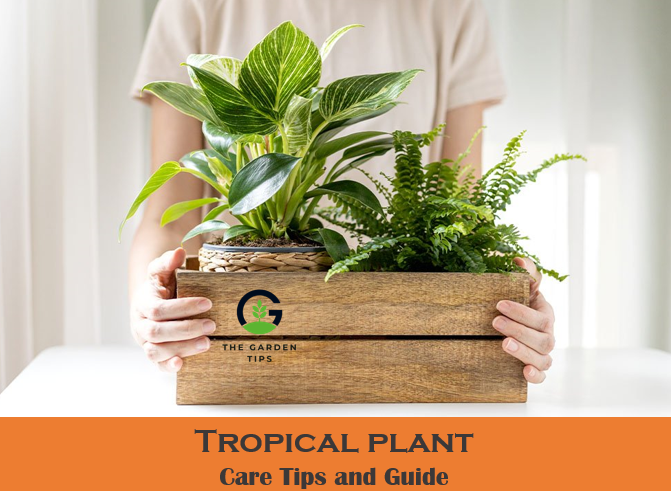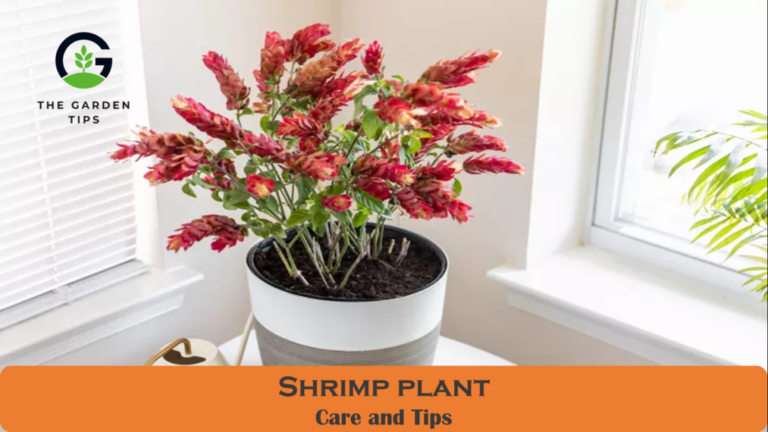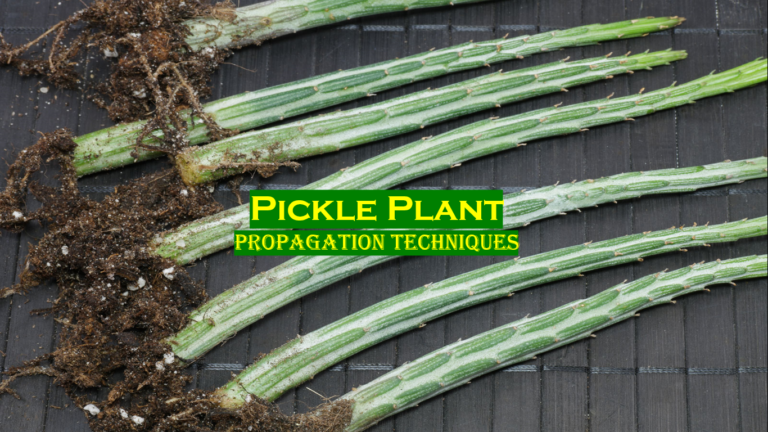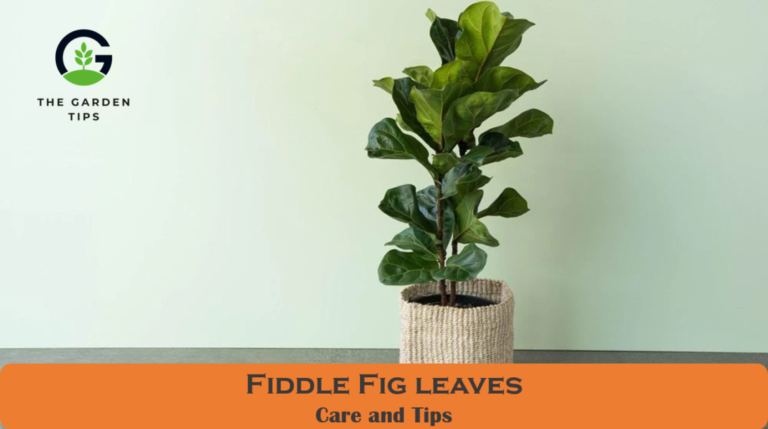Plumerias are among the most beautiful and fragrant tropical plants that are highly sought after by gardeners and horticulturists. These plants are known for their vibrant colors, sweet fragrance, and striking appearance, and they are often used as ornamental plants in gardens, patios, and balconies.
However, like all plants, plumerias are also prone to various diseases, which can affect their health, growth, and blooming. One of the most common diseases that affect plumerias is black tip fungus, which can cause black spots on the foliage, stalks, and midribs of the plant, leading to a weakened state and a lack of flowering.
Black tip fungus is a fungal disease that affects plumerias, causing black spots on the leaves, stalks, and midribs of the plant. This disease can weaken the plant, making it more susceptible to other diseases and pests, and preventing it from producing flowers.
The causes of black tip fungus are varied, and they can include poor drainage, overwatering, high humidity, lack of sunlight, and poor soil quality. However, there are many ways to treat and prevent this disease, including using fungicides, pruning affected branches, repotting with better drainage, and keeping pots clean.
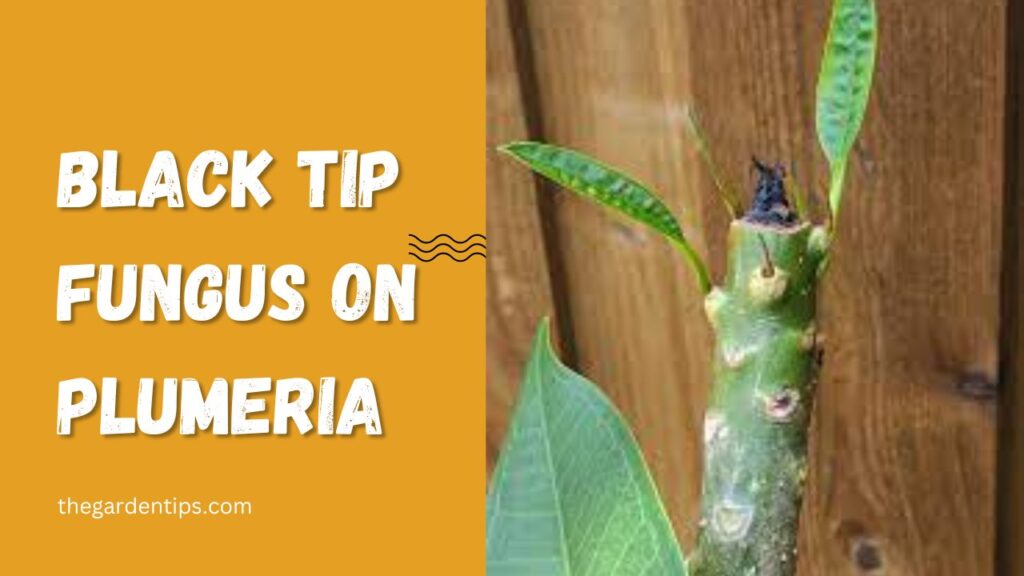
In this article, we will explore the causes, symptoms, treatment, and prevention of black tip fungus, to help you banish this plumeria disease for good.
Key Takeaways
- Black Tip fungus is a common disease for both small and mature plumeria, which can weaken the plant and prevent it from flowering.
- The fungus can be easily treated with fungicides and organic sprays, but prevention is key to avoid recurring problems.
- Good drainage, reduced watering, and warmer temperatures can help prevent black tip fungus, as well as remove pests and keep pots clean.
- It is important to check the bottle contents before purchasing any approved fungicide, and safer choices for wildlife include Captan or Bayleton.
Plumeria Diseases Overview
Plumeria diseases, such as black tip fungus, rust fungus, and sooty mold, are common and can cause various symptoms, including black spots on foliage and midribs. These diseases can be caused by pests such as ants and sap-sucking insects, as well as environmental factors such as sudden temperature changes and cold, humid temperatures.
Black tip fungus, in particular, is a fast-spreading disease that can weaken plumeria plants and stop them from flowering. To treat and prevent plumeria diseases, different types of fungicides can be used. Common treatments for black tip fungus include spraying the plant with fungicides every other day, pruning affected branches and leaves, and repotting the plant with better drainage.
Neem oil and baking soda are also effective fungicides. It is important to check the contents of fungicides before purchasing and to use safer options such as Captan or Bayleton, which have little evidence of harmful impacts on insects or mammals.
Symptoms of Black Tip Fungus
The appearance of black spots on foliage, stalks, and midribs is a common occurrence that may cause concern for plant enthusiasts, with blacktip fungus being responsible for most cases. An estimated 80% of plumeria plants are affected by blacktip fungus, making it a prevalent issue in the plant community. The first sign of this plumeria problem is that blacktip fungus is most noticeable on plumeria tips and fresh buds. As the fungus progresses, black spots begin to appear on the foliage, stalks, and midribs, starting at the branch tips and spreading throughout the plant. It is important to note that black spots on leaves caused by low nitrogen or phosphorus levels can be misdiagnosed as blacktip fungus.
To effectively treat blacktip fungus, pruning techniques and fungicide selection are critical. Pruning affected branches and leaves can help prevent the spread of the fungus. Fungicides, when applied every other day during the infection, can also help control the spread of blacktip fungus. It is important to carefully select the right fungicide, as some can harm beneficial insects and mammals. Captan and Bayleton are safer options, whereas Oxycarboxin should be avoided due to its harmful effects on humans, pets, and beneficial insects. By implementing proper pruning techniques and selecting the right fungicide, blacktip fungus can be effectively treated and prevented.
| Pruning Techniques | Fungicide Selection | Additional Prevention Tips |
|---|---|---|
| Prune affected branches and leaves to prevent the spread of the fungus. | Choose a fungicide that is safe for beneficial insects and mammals, such as Captan or Bayleton. | Keep plumeria plants in a warmer location to prevent blacktip fungus. |
| Dispose of pruned branches and leaves in a sealed container to prevent the spread of fungal spores. | Avoid using Oxycarboxin, which can harm beneficial insects and mammals. | Keep pots clean and tidy to prevent blacktip fungus. |
| Repot the plant with better drainage after 2-3 weeks of treatment. | Use insecticidal soaps and natural sprays, such as neem oil and baking soda, as preventative measures. | Reduce watering to once every 2-3 weeks, only when the top inch of soil is dry to the touch. |
| Move plumeria cuttings to a warm location during their first winter or growing season. | Remove pests with rubbing alcohol or organic insecticidal soaps. | Keep plumeria cuttings warm during their first winter or growing season. |
Causes of Black Tip Fungus
Ants and sap-sucking insects are common contributors to the development of blacktip fungal diseases in plants. These pests are attracted to the sweet honeydew produced by plumeria, and when they feed on the plant, they can spread the blacktip fungus. Ants are a particularly big problem, as they often make their nests in the soil surrounding the plumeria plant. As they move through the soil, they can bring fungal spores with them, which can then infect the plant.
To prevent blacktip fungus caused by ants and other pests, it is important to implement proper ant control measures and manage humidity levels around the plant. To effectively prevent blacktip fungus, here are five tips to follow:
- Keep the area around the plumeria plant clean and free of debris, as this can provide a habitat for ants and other pests.
- Use organic pest control methods, such as diatomaceous earth or neem oil, to control ants and other pests without harming the plant or the environment.
- Keep humidity levels around the plant low, as this can help prevent the development of blacktip fungus. This can be achieved by providing good air circulation around the plant and avoiding overwatering.
- Avoid using chemical pesticides, as these can harm beneficial insects and wildlife in the area.
- Regularly inspect the plant for signs of pests and fungal diseases, and take appropriate action as soon as possible to prevent the spread of blacktip fungus.
By following these tips, plumeria growers can effectively banish blacktip fungus and keep their plants healthy and beautiful.
Treatment and Prevention Methods
Implementing proper pest management and environmental control measures can create an inhospitable habitat for unwanted visitors, ultimately safeguarding the health and vitality of plants. To effectively manage and prevent black tip fungus in plumeria, it is important to use a variety of preventative measures. One of the most effective prevention methods is to control ant populations, as they are the primary carriers of the fungus. Ants are attracted to the honeydew produced by sap-sucking insects, which in turn attracts black tip fungus. By controlling ants, you can reduce the likelihood of black tip fungus spreading to your plumeria plants.
Another effective method for preventing and treating black tip fungus is to select the appropriate fungicide. There are many fungicides available, but it is important to carefully read the label and select one that is safe for both the plant and the environment. Captan and Bayleton are safer options, as they have minimal impacts on beneficial insects and mammals. However, Oxycarboxin should be avoided as it can harm humans, pets, and beneficial insects, and also dry out plants and prevent their mitochondrial respiration. It is important to note that fungicides should only be used as a last resort, as they can harm beneficial insects and other organisms in the ecosystem.
To further prevent black tip fungus, it is important to maintain good growing conditions for plumeria plants. This includes ensuring adequate drainage, providing proper amounts of water and nutrients, and avoiding sudden changes in temperature. By implementing these preventative measures, you can effectively banish black tip fungus and maintain the health and vitality of your plumeria plants.
| Prevention Methods | Description | Advantages | Disadvantages |
|---|---|---|---|
| Ant Control | Controlling ant populations can reduce the likelihood of black tip fungus spreading to plumeria plants. | Safe for the environment and beneficial insects. | May require regular maintenance. |
| Fungicide Selection | Selecting the appropriate fungicide can effectively prevent and treat black tip fungus. | Provides targeted treatment for fungal infections. | Can harm beneficial organisms and should only be used as a last resort. |
| Environmental Control | Maintaining good growing conditions for plumeria plants can prevent the spread of black tip fungus. | Helps maintain overall plant health. | May require regular maintenance. |
| Good Drainage | Ensuring adequate drainage can prevent waterlogging and reduce the likelihood of black tip fungus. | Prevents root rot and other soil-borne diseases. | May require repotting or soil modification. |
Effects of Black Tip Fungus
Effective management and control measures are necessary to avoid the negative impacts of black tip fungal infections on the growth and development of plumeria plants. While this fungal disease rarely kills plumerias, it can have detrimental effects on their health.
One of the main consequences of black tip fungus is the inhibition of plumeria flowering. The black mold produced by the fungus can spread to leaves and leaf petioles, causing them to drop and further weakening the plant.
To prevent these negative effects, the following prevention techniques can be implemented:
- Regularly inspect plumeria plants for signs of black tip fungus and promptly treat any infections.
- Keep plumerias in a warmer location to limit the appearance of black tip fungus.
- Prune any affected leaves or branches and begin treating the pest problem to prevent any recurring problems.
By implementing these techniques, plumeria plants can remain healthy and produce beautiful blooms without being inhibited by the negative impacts of black tip fungus.



